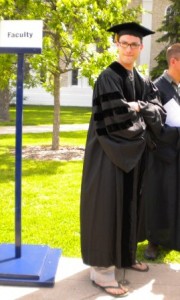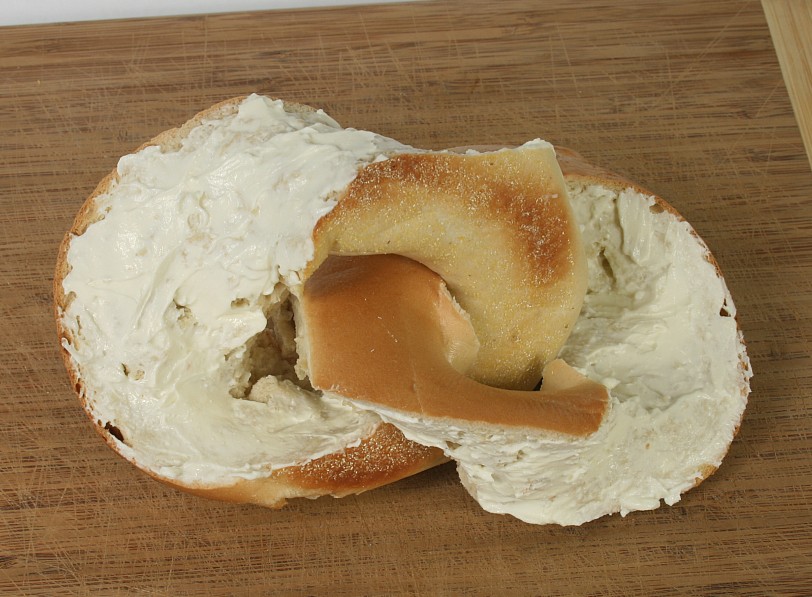 Professor Scott Corry from upstairs in the math department will give a Science Hall Colloquium, “Symmetry: An Example from Graph Theory,” on Tuesday, November 1 at 11:10. The Colloquium is intended for a general audience, and according to usually reliable sources, Professor Corry will be speaking at a level the general public like me can understand. Here are the particulars:
Professor Scott Corry from upstairs in the math department will give a Science Hall Colloquium, “Symmetry: An Example from Graph Theory,” on Tuesday, November 1 at 11:10. The Colloquium is intended for a general audience, and according to usually reliable sources, Professor Corry will be speaking at a level the general public like me can understand. Here are the particulars:
Abstract: Professor Corry will provide a glimpse of how mathematicians ask and investigate questions in pure mathematics. Rather than speaking in broad generalities, he will describe one of his recent theorems about symmetries of finite graphs. No specific mathematical knowledge will be presumed, so all interested parties are heartily encouraged to attend.
Regular readers of this blog might remember Professor Corry as the winner of the 2011 Young Teacher Award right here at LU, so you can expect a clear, engaging talk.
Tuesday, November 1
Steitz Hall 102
11:10am


